April 7–May 30, 2011
May marked the arrival of numerous new volunteers. There’s Chris from Germany, Jack from Australia, Guillaume from France, Michelle from the US (Oregon), Dennis from New York, Anja from England and Celine and Liberto, also from France. As you can imagine, our productivity has increased accordingly.
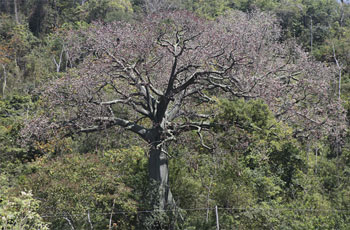

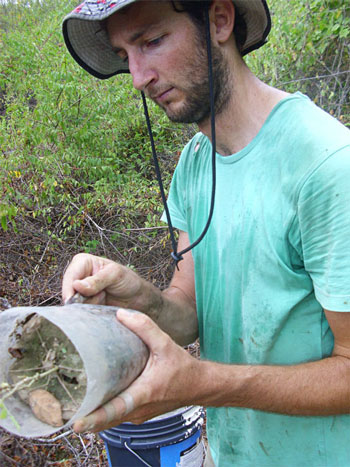
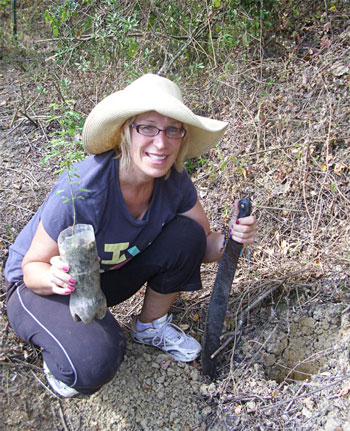
The volunteers have been incredibly involved in the projects and some have brought their own interests to the work. Michelle has been involved in writing grants for four different grant opportunities that she found. Guillaume, with help from some of the others, is organizing a book with species information about the native trees that we work with at the greenhouse. The book will include photos and pertinent information about identifying each species and characteristics for planting. It will serve as a guide for how to operate a revegetation project in the greater Dry Tropical forest region. Many of the volunteers have been assisting with the Bioregional Education Program, now in its fourth of twelve weeks.
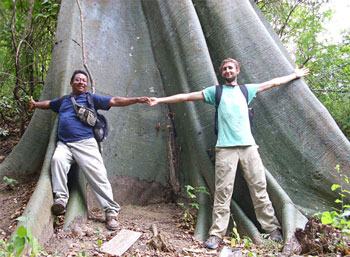
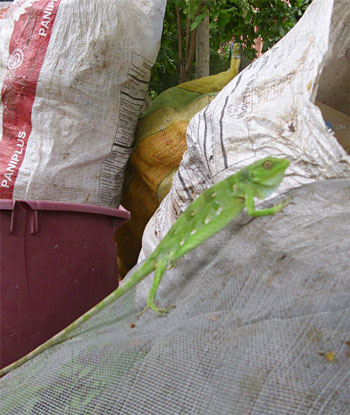
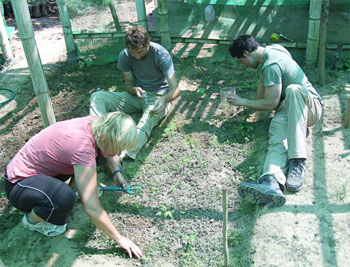
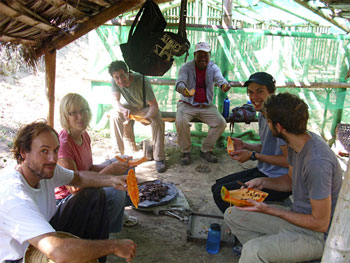
Meanwhile, Orlando has been fearlessly leading the crew working on the revegetation project. Tasks include those at the greenhouse, such as weeding, transplanting trees, composting, cutting bottles, and mixing soil. New seedlings continue to pop up from the seedbeds. We have already amassed hundreds of new saplings for next year’s planting season. In the field, more seeds of Pechiche and Guayaba were collected and sites maintained through macheteing weeds and watering.
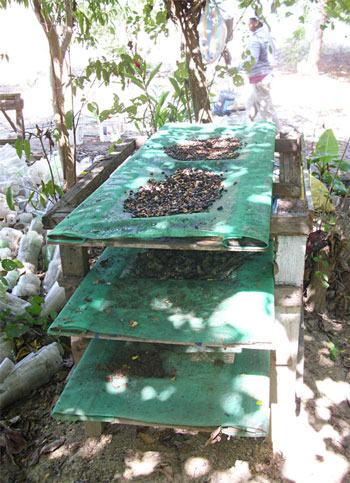
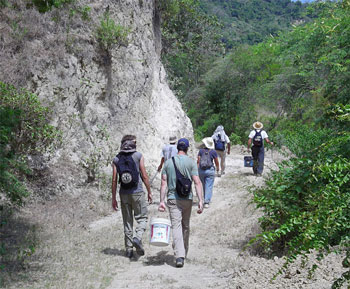
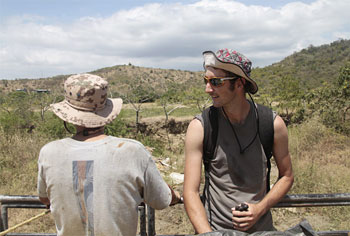
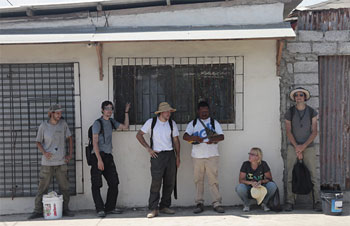
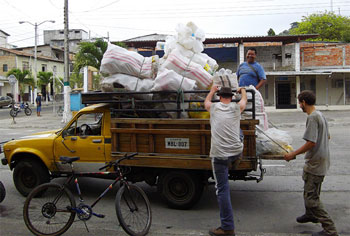
The sites we planted this past rainy season are doing fantastically and the greenhouse is looking excellent. Tree production for next year is on target. We are continuing to look at expanding the selection of native trees that we work with and securing a solid base of native trees that are proven to be good at planting in extremely poor conditions (soil, hillsides, direct sun, very little water, etc).
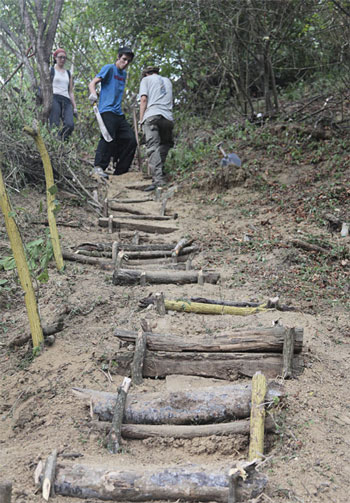
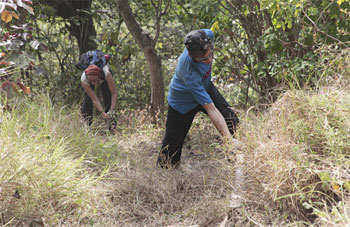

We also cleaned out the trails and repaired stairs at ‘El Bosque en Medio de las Ruinas’, which had been slightly abandoned. We hope to maintain interest in the park and keep it clean. Some of the neighbors have expressed interest in wanting to plant more fruit trees in the area in the future and have been protecting the forest from anti-socials who have destroyed signs, hand rails, benches and even trees in the past. Without their support, the park could be in much worse shape. After having not planted trees there for the past two years, I am considering taking the locals’ advice to have a tree planting campaign in the area and see with we can’t stir up more support for protecting the park. Although it isn’t surprising, it’s still disappointing that the municipal government has been totally uncooperative in providing any assistance, despite years of asking for it.
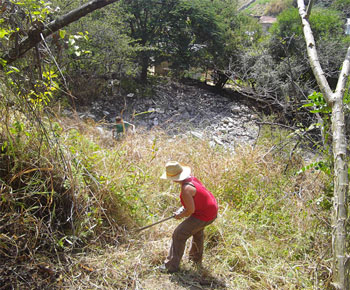
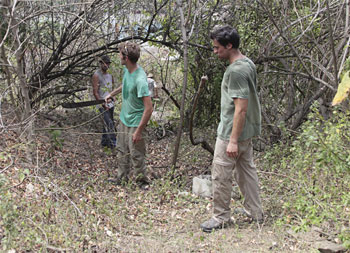
The rainy season has definitely wrapped up, pretty anti-climactically. There hasn’t been a solid rain in close to two months. Any precipitation at this point is incredibly unlikely and probably won’t do much to moisten the soil. As a result, we will be watering the revegetation sites from this year as necessary.
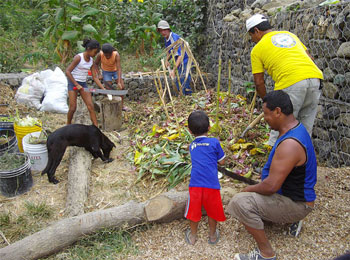
This summer we will be receiving several large groups of volunteers to help with the projects. William and Jaime of Sage Educators in California will be here (again!) for just over two weeks in June with a group of ten people. Children of Ecuador, who have helped fund the Bioregionalismo education program for three years now is returning for the first time since 2008 with a large group for a few days in early July. In late July we will be hosting students participating in an education course offered by the Cloud Forest Institute who are touring ecological projects in various regions of Ecuador.
Despite the influxes of groups of visitors, we still have plenty of space during the summer months for volunteers to come and stay at the Planet Drum apartment, so if you’re interested in participating in our projects it’s not too late! Please visit http://www.planetdrum.org/volunteerbahia.htm for more information.
Pásalo bien,
Clay

Reader Interactions